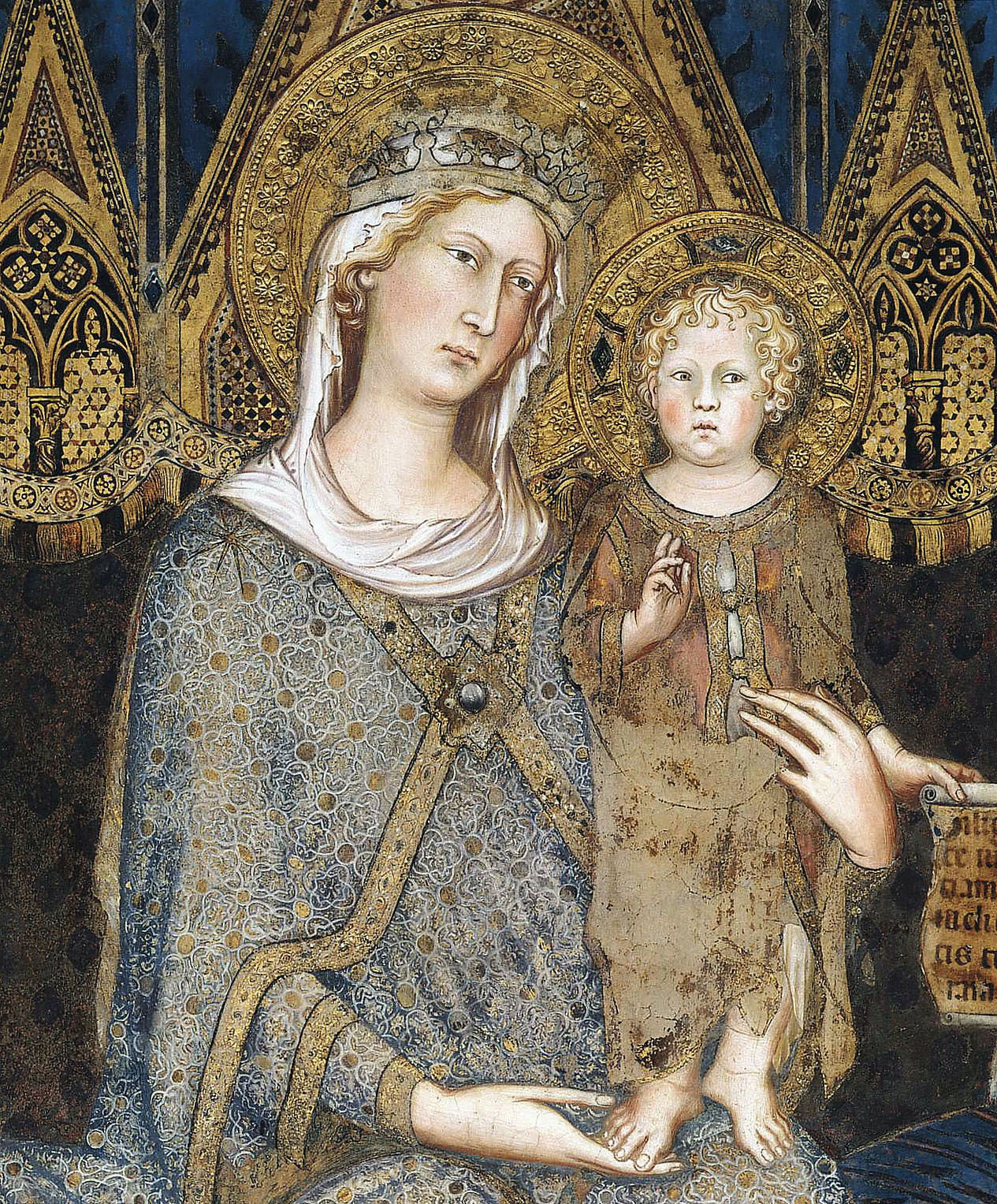
Mary veneration, particularly within the Catholic Church, refers to the practice of honoring Mary, the mother of Jesus, with special reverence and devotion. This practice is distinct from the worship (latria) reserved for God alone, and is instead categorized as hyperdulia, a higher form of veneration (dulia) given to other saints.[1] [3]
According to www.iAsk.Ai - Ask AI:
The theological basis for Mary veneration stems from her unique role in salvation history as the Mother of God (Theotokos), a title affirmed at the Council of Ephesus in 431 CE.[1] [2] [3] [5] Catholics believe that Mary's "yes" to God's plan, as recorded in the Gospel of Luke, made the Incarnation possible, thus making her a crucial figure in the process of salvation and redemption.[1] [3] [5]
Key Aspects of Mary Veneration:
- Distinction from Worship: The Catholic Church explicitly distinguishes veneration from adoration or worship. Adoration is due only to the Triune God, while veneration is an honor given to Mary due to her unique privileges and role in God's plan.[1] [3] [5] Protestants often accuse Catholics of "Mariolatry" (Mary-worship), but Catholics deny this, emphasizing the difference between hyperdulia (highest veneration for Mary) and latria (worship for God).[5] [6]
- Biblical Foundations: Proponents of Mary veneration point to biblical passages such as the Angel Gabriel's greeting to Mary as "highly favored" and Elizabeth's exclamation, "Blessed are you among women," as scriptural support for her special honor.[3] [5] Her presence at the beginning and end of Jesus' public ministry, including at the foot of the Cross, is also cited as evidence of her cooperation in salvation.[1] [3]
- Historical Development: The practice of Mary veneration developed gradually over centuries. Early Christian art from the 2nd century depicts Mary as the mother of Jesus.[1] [2] The theological emphasis on Mary grew in response to heresies like Docetism, which questioned Jesus' humanity. The concept of Mary as the "Second Eve," who reversed the disobedience of the first Eve through her faithfulness, emerged in the 2nd century with figures like Justin Martyr and Irenaeus.[1] [2] The official endorsement of "Theotokos" (Mother of God) at the Council of Ephesus in 431 CE marked a significant turning point, leading to increased emphasis on Mary and the dedication of churches in her honor.[1] [2]
- Forms of Veneration: Mary veneration encompasses various devotions, including prayers, pious acts, visual arts, poetry, and music.[1] Common practices include:
- Prayers: The "Hail Mary" is a prominent prayer, incorporating biblical greetings from Gabriel and Elizabeth.[1] [5] Other prayers include the "Salve Regina," "Magnificat," and the "Angelus."[1]
- Feast Days: Numerous Marian feast days are celebrated throughout the liturgical year, some of which are holy days of obligation, such as the Feast of the Immaculate Conception, Mary, Mother of God, and the Assumption.[1]
- Titles: A wide array of titles are used to honor Mary, such as "Mother of God," "Queen of Heaven," "Star of the Sea," and "Mother of All Sorrows."[1]
- Art and Music: Marian art, particularly the "Madonna and Child," is a central icon in Christian art. Marian hymns and antiphons are also integral to liturgical and devotional practices.[1]
- Devotions: Popular devotions include the Rosary, the wearing of scapulars, and Marian pilgrimages to shrines like Lourdes, Fatima, and Guadalupe.[1] [5]
- Role as Intercessor: Catholics view Mary as a powerful intercessor with her Son, Jesus. They believe that through her compassion and prayers, she can bring petitions to God.[1] [5] This is exemplified by the story of the Wedding at Cana, where Jesus performed his first miracle at Mary's request.[1]
- Marian Apparitions: Reported Marian apparitions, such as those at Lourdes and Fatima, have significantly influenced Marian devotion. While not required for belief, some apparitions have received official Church approval and are widely believed by Catholics.[1]
- Protestant Perspective: Protestants generally ceased the practice of Mary veneration during the Reformation, seeking to return to what they perceived as the basics of early Christianity and a radical emphasis on Scripture. They argue that the Bible does not explicitly command or model prayer to Mary or her elevated status beyond being Jesus' mother.[2] [6]
In essence, Mary veneration in the Catholic Church is a deeply rooted practice that honors Mary as a unique and essential figure in Christian faith, distinct from the worship of God, and expressed through various devotional forms and theological understandings.[1] [3] [5]
Authoritative Sources
- Veneration of Mary in the Catholic Church. [Wikipedia]↩
- The History of Mary Veneration: A Protestant Prospective. [Classic Theology]↩
- Why Do Catholics Veneration of Mary in the Catholic Church. [St. Peter's Catholic Church]↩
- The Papacy for Orthodox Christians. [Exodus90]↩
- Why Do Catholics Veneration Mary?. [Catholic Courier]↩
- Mariolatry. [GotQuestions.org]↩
- What Is Veneration? Is Mary Our Mother? Should Mary Be Venerated?. [The Catholic Blog]↩

Sign up for free to save this answer and access it later
Sign up →